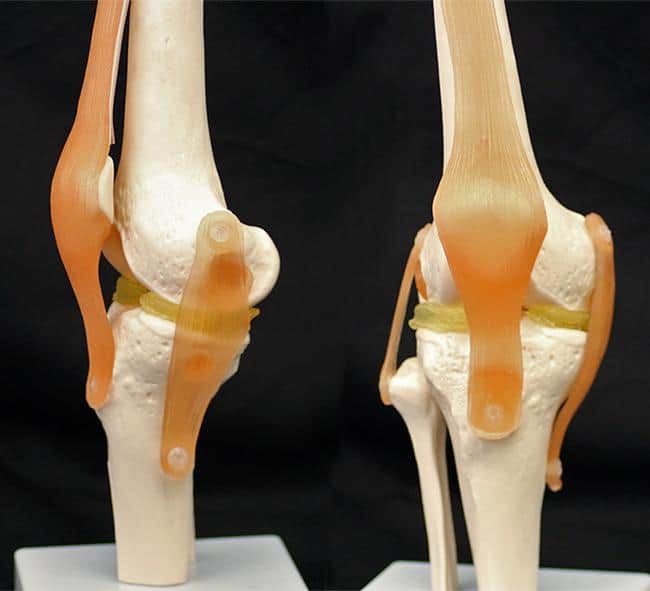More in
Mending menisci with 3D printed hydrogel
A cartilage-mimicking material created at Duke University could allow surgeons to 3D print replacement knee parts that are custom-shaped.

The hydrogel-based material is claimed to be the first to match human cartilage in strength and elasticity while also remaining 3D-printable and stable inside the body. To demonstrate how it might work, the researchers used a $300 3D printer to create custom menisci for a plastic model of a knee.
"We've made it very easy now for anyone to print something that is pretty close in its mechanical properties to cartilage, in a relatively simple and inexpensive process," said Benjamin Wiley, an associate professor of chemistry at Duke and author on the paper - 3D Printing of a Double Network Hydrogel with a Compression Strength and Elastic Modulus Greater than that of Cartilage - which appears online in ACS Biomaterials Science and Engineering.
Surgeons can attempt to repair a torn or damaged meniscus, but often it must be partially or completely removed. Available implants either do not match the strength and elasticity of the original cartilage, or are not biocompatible.
Register now to continue reading
Thanks for visiting The Engineer. You’ve now reached your monthly limit of news stories. Register for free to unlock unlimited access to all of our news coverage, as well as premium content including opinion, in-depth features and special reports.
Benefits of registering
-
In-depth insights and coverage of key emerging trends
-
Unrestricted access to special reports throughout the year
-
Daily technology news delivered straight to your inbox










Water Sector Talent Exodus Could Cripple The Sector
Maybe if things are essential for the running of a country and we want to pay a fair price we should be running these utilities on a not for profit...